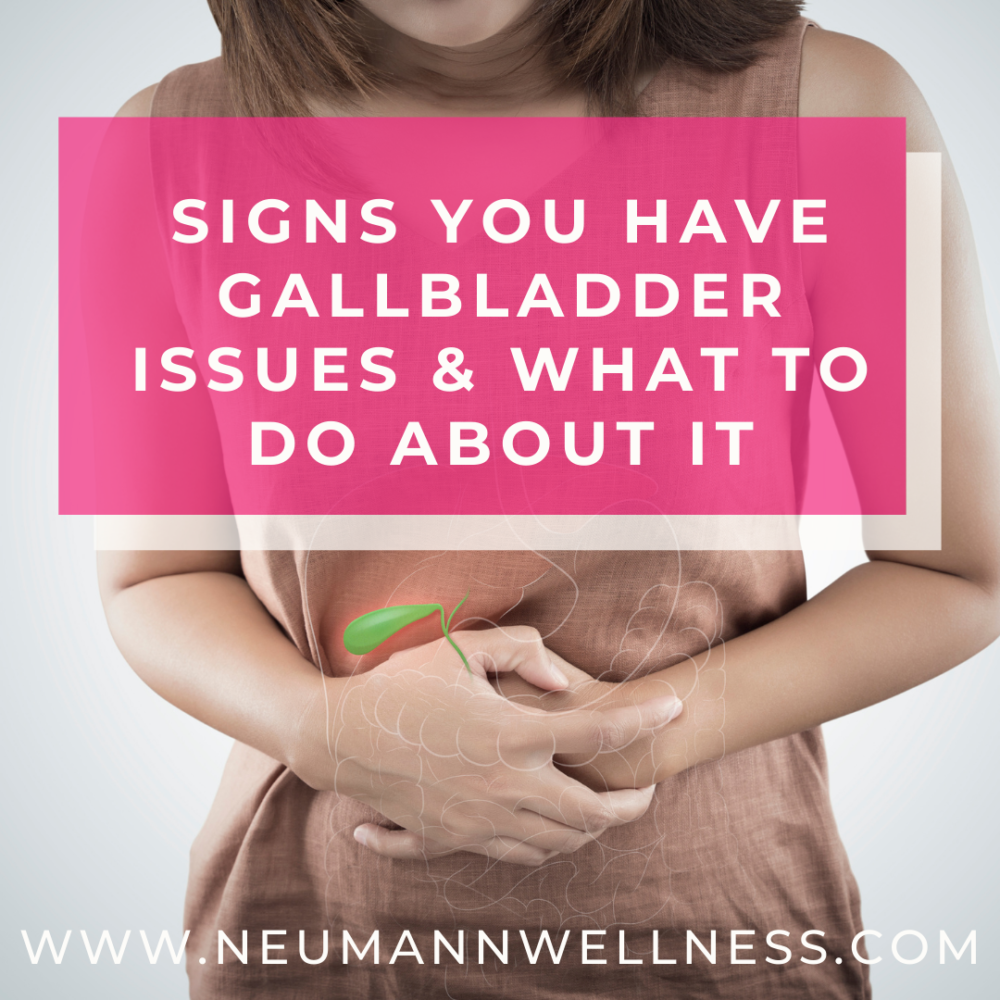


However, if the stones are large, they can block the duct that leads from the gallbladder. You can have gallstones without any symptoms.

#Signs gallbladder issues skin
Instead, it backs up in your bloodstream, causing your skin and the whites of your eyes to appear yellowish. If your bile duct is blocked by a gallstone, bile can’t be released into the small intestine. #4: Yellow skin or eyesīile contains a yellow pigment called bilirubin. Many people with chronic disease find they have diarrhea, especially following meals, or they may have many bowel movements in a single day. Gallbladder disease can have a direct effect on the digestive process. Some people may also have indigestion or acid reflux. Nausea with or without vomiting is a fairly common sign of gallbladder disease, especially when the disease is chronic (persists for a long time). Some people experience sharp pain in the back, near their shoulder blades. One of the most common signs of gallbladder disease is sharp or continual pain in the upper right part of your belly or near your belly button. These are the five most common signs to watch out for. Gallbladder symptoms can vary, depending on how far the disease has progressed. Women are more likely to have gallbladder disease than men, and it’s also more common among Native Americans and Hispanics. Taking estrogen medications, including contraceptives.Having a personal history of liver disease.Eating a diet high in fats or low in fiber.There are lots of risk factors for gallbladder disease.
/Gallstones-symptoms1-5ace3c12ba617700366abe5f.png)
As with acalculous gallbladder disease, many people with biliary dyskinesia don’t have any gallstones, either. In this condition, the gallbladder slows down and stops working the way it should. This condition is called acalculous gallbladder disease, and it tends to occur after an injury, illness, or surgery, or as a “side effect” of an autoimmune disease, like lupus.īiliary dyskinesia is another relatively common cause of gallbladder problems. Sometimes, the gallbladder becomes inflamed even without gallstones being present. But while gallstones are a major cause of gallbladder problems, they’re not the only cause. Most people think gallbladder disease only occurs as a result of gallstones that form inside the gallbladder and wind up blocking the duct. In gallbladder disease, the gallbladder becomes inflamed and stops working the way it’s supposed to. Your gallbladder has an opening, or duct, that releases bile as needed. Its primary function is to store and release bile, a digestive juice produced by the liver. Your gallbladder is a small organ shaped like a pear and located near your liver. Understanding what causes gallbladder disease and learning to identify its symptoms can help ensure you get the treatment you need as soon as possible. Although gallbladder disease is more common after age 40, it can occur at any age.Īt South Florida Surgical Group, Michael Renfrow, MD, FACS, and Steven Kanter, MD, FACS, treat gallbladder disease using an advanced, patient-centered approach for optimal outcomes. About 20 million Americans have gallbladder disease, and each year, more than a third of those - about 700,000 - have their gallbladders removed as a result of their disease.


 0 kommentar(er)
0 kommentar(er)
